The hit HBO series Westworld captivated audiences with its portrayal of a futuristic theme park inhabited by highly advanced android hosts. While the show explored complex themes of consciousness and free will, one of its most intriguing technological concepts was the seamless brain-computer interface (BCI) that allowed humans to interact with and even control the hosts. What once seemed like pure science fiction is now inching closer to reality, as researchers and tech companies race to develop functional BCIs that could revolutionize medicine, communication, and human-machine interaction.
The Foundation: Decoding the Brain's Language
At the core of any BCI system is the ability to interpret neural signals. In Westworld, this process appears effortless - a simple headset or implant can read thoughts and intentions with perfect clarity. In reality, neuroscientists are still working to fully understand how the brain encodes information. Current approaches focus on detecting electrical activity through electrodes placed on the scalp (non-invasive) or implanted directly in brain tissue (invasive). Companies like Neuralink have made headlines with their ultra-thin, flexible electrode arrays that aim to record from thousands of neurons simultaneously.
The challenge lies not just in recording these signals, but in translating them into meaningful commands. Machine learning algorithms are being trained to recognize patterns in neural activity corresponding to specific thoughts or movements. Recent breakthroughs have allowed paralyzed individuals to control robotic limbs or type on computers using only their thoughts, though these systems remain relatively slow and require extensive training.
Bridging the Gap: Two-Way Communication
Westworld takes BCI technology a step further by depicting bidirectional interfaces - systems that can both read neural activity and write information back into the brain. This capability would allow for truly immersive virtual experiences and direct brain-to-brain communication. While we're far from achieving this level of sophistication, researchers have made progress in "writing" simple sensory information to the brain.
Cochlear implants represent the most successful example of this principle, converting sound into electrical signals that stimulate the auditory nerve. More experimental approaches involve stimulating the visual cortex to create rudimentary forms of artificial vision for the blind. The next frontier involves developing precise methods for stimulating higher-order cognitive areas without causing unintended side effects - a challenge that becomes even more complex when considering the ethical implications of potentially altering thoughts or memories.
The Hardware Challenge: From Bulky to Invisible
One of the most striking aspects of Westworld's BCIs is their elegant, unobtrusive design. Current real-world systems are far from this ideal. Non-invasive EEG headsets are bulky and require conductive gel, while implanted devices involve risky brain surgery and carry infection risks. The race is on to develop smaller, safer, and more durable interfaces.
Flexible electronics and wireless power transmission are key areas of innovation. Some researchers are exploring "neural dust" - microscopic sensors that could be sprinkled across the brain's surface. Others are working on injectable mesh electrodes or optogenetic approaches that use light to control genetically modified neurons. The ultimate goal is a system that's as easy to use and maintain as a smartphone, while being as invisible as possible - perhaps even integrating with the body's own biological processes.
Beyond Medicine: The Consumer BCI Revolution
In Westworld, BCIs aren't just medical devices - they're part of everyday life, used for entertainment, communication, and even intimacy. This vision is driving tech companies to explore consumer applications for BCI technology. Current prototypes focus on gaming, meditation enhancement, and hands-free device control, though their capabilities remain limited compared to the show's fictional interfaces.
The path to mainstream adoption faces significant hurdles. Beyond the technical challenges, there are concerns about data privacy (brain signals could reveal highly personal information), security (the risk of "brain hacking"), and the potential for widening socioeconomic divides. Regulatory frameworks will need to evolve alongside the technology to address these issues while still fostering innovation.
The Consciousness Question: Where Westworld Meets Reality
Perhaps the most profound implication of advanced BCIs is their potential to blur the line between human and machine consciousness - a central theme in Westworld. As interfaces become more sophisticated, they may raise difficult questions about identity and the nature of thought. Could a sufficiently advanced BCI create a form of hybrid consciousness? Could it allow for the transfer of human consciousness into artificial systems?
While these possibilities remain speculative, they highlight the need for ongoing dialogue between scientists, ethicists, and the public as BCI technology develops. The road from today's primitive interfaces to Westworld-level technology will be long and uncertain, but the journey is already underway - and its destination could transform what it means to be human.
As research continues to accelerate, the boundary between science fiction and scientific reality grows increasingly porous. The BCIs of Westworld may not arrive tomorrow, but their real-world counterparts are coming - and they promise to reshape our relationship with technology in ways we're only beginning to imagine.

By /Jul 22, 2025
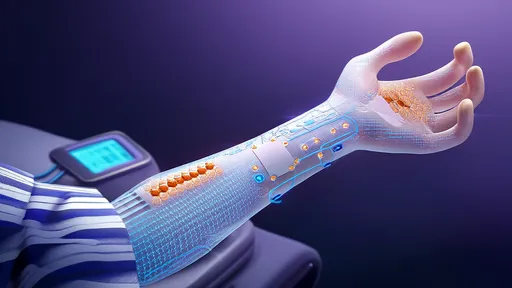
By /Jul 22, 2025

By /Jul 22, 2025

By /Jul 22, 2025

By /Jul 22, 2025
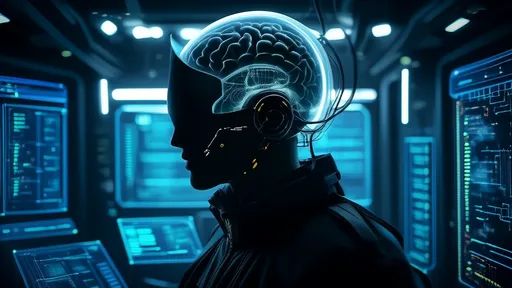
By /Jul 22, 2025

By /Jul 22, 2025

By /Jul 22, 2025
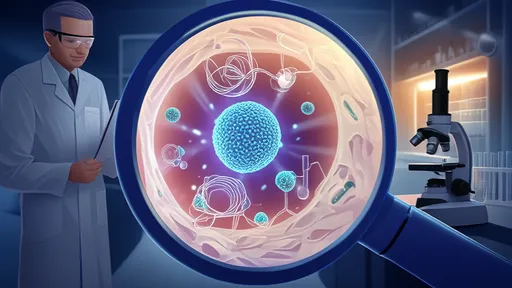
By /Jul 22, 2025

By /Jul 22, 2025

By /Jul 22, 2025
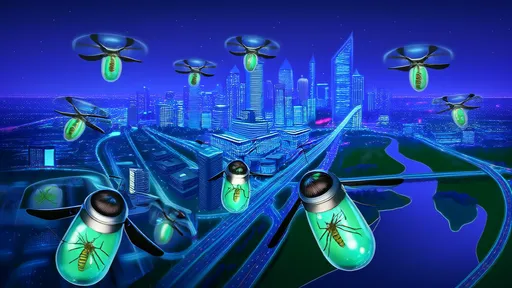
By /Jul 22, 2025
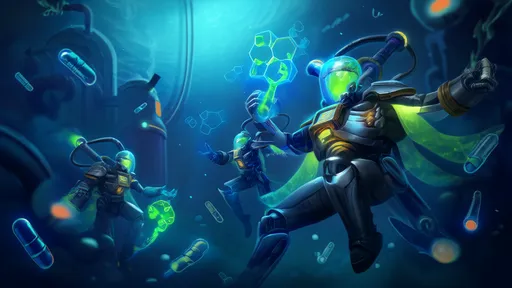
By /Jul 22, 2025
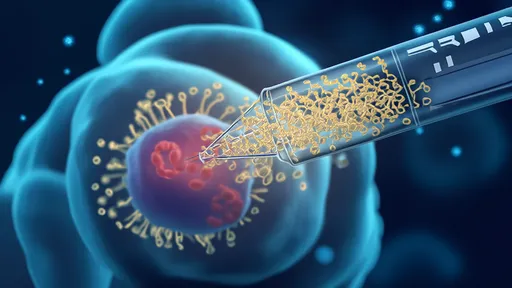
By /Jul 22, 2025

By /Jul 22, 2025
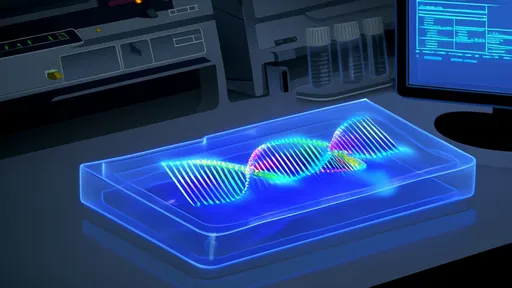
By /Jul 22, 2025

By /Jul 22, 2025

By /Jul 22, 2025